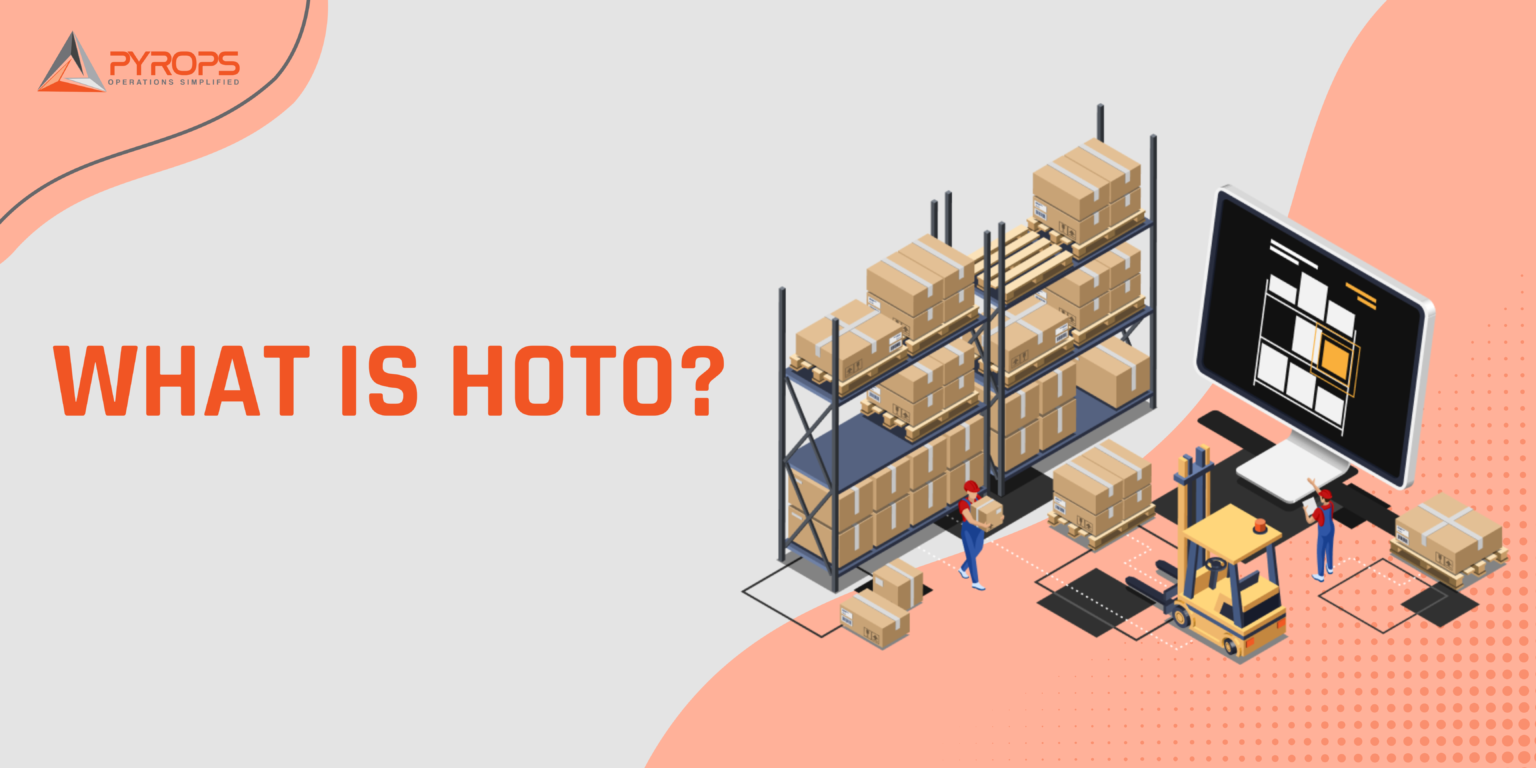Navigating Inventory Hand Over Take Over (HOTO) in WMS Implementation
The introduction of a new Warehouse Management System (WMS) marks a pivotal moment for operations. The term Hand Over Take Over (HOTO) gains prominence in this context, signifying the seamless transfer of control and responsibilities from the existing inventory management system to the innovative WMS.
This article delves into the nuances of Inventory HOTO during the implementation of a new WMS, encompassing definitions, challenges, pitfalls, and best practices.Hand Over Take Over
Definition:
Inventory Hand Over Take Over, specific to WMS implementation, involves the transition of control and responsibilities in managing inventory from the existing system to the new Warehouse Management System. This process is indispensable to ensure a smooth integration of the WMS into daily warehouse operations.
Key Challenges
Accurate opening stock:
Migrating from manual warehousing to WMS-based warehousing requires careful planning. Securing accurate location-wise SKU-wise stock with clear details is key to setting up the right base for the transition.
Data Migration Complexity:
Transferring existing inventory data to the new WMS can be intricate, with potential challenges related to data accuracy and completeness.
Employee Training Gap:
Inadequate training for warehouse staff on the functionalities of the new WMS can lead to errors and disruptions in inventory management.
Integration Issues:
Ensuring seamless integration between the new WMS and other existing systems poses a challenge and requires meticulous planning.
Pitfalls to Avoid
Incomplete Data Transfer:
Failing to migrate all relevant data accurately may lead to discrepancies in inventory records.
Neglecting User Feedback:
Overlooking feedback from warehouse staff during the HOTO process can result in overlooking critical operational nuances.
Ignoring System Compatibility:
Neglecting to assess the compatibility of the new WMS with existing hardware and infrastructure can lead to integration bottlenecks.
Best Practices
Early Planning and Assessment:
Commence HOTO planning early in the WMS implementation process, conducting a comprehensive assessment of existing inventory systems.
Transparent Communication:
Foster open communication between teams involved in the HOTO, emphasizing the significance of collaboration and knowledge transfer.
Thorough Employee Training:
Ensure that warehouse staff receives comprehensive training on the functionalities and usage of the new WMS to mitigate operational disruptions.
Detailed Documentation:
Develop exhaustive documentation outlining the inventory HOTO process, including step-by-step guides and troubleshooting procedures.
Incorporate User Feedback:
Encourage and incorporate feedback from warehouse staff during the HOTO process to address any unforeseen challenges.
Parallel Run and Testing:
Conduct parallel runs and rigorous testing to identify and rectify any issues before full implementation, ensuring a smoother transition.
Summary
Inventory HOTO, particularly in the realm of WMS implementation, is a critical phase in the evolution of warehouse operations. By recognizing challenges, avoiding common pitfalls, and adhering to best practices, warehouses can orchestrate a successful transition, ensuring that the adoption of a new WMS becomes a catalyst for improved inventory management and operational excellence.
The HOTO process, in this context, emerges as not just a transfer of control but as a strategic maneuver that propels warehouses into a more streamlined and technologically advanced future.
Read more: How is dark store fulfillment different from regular E-commerce fulfillment







